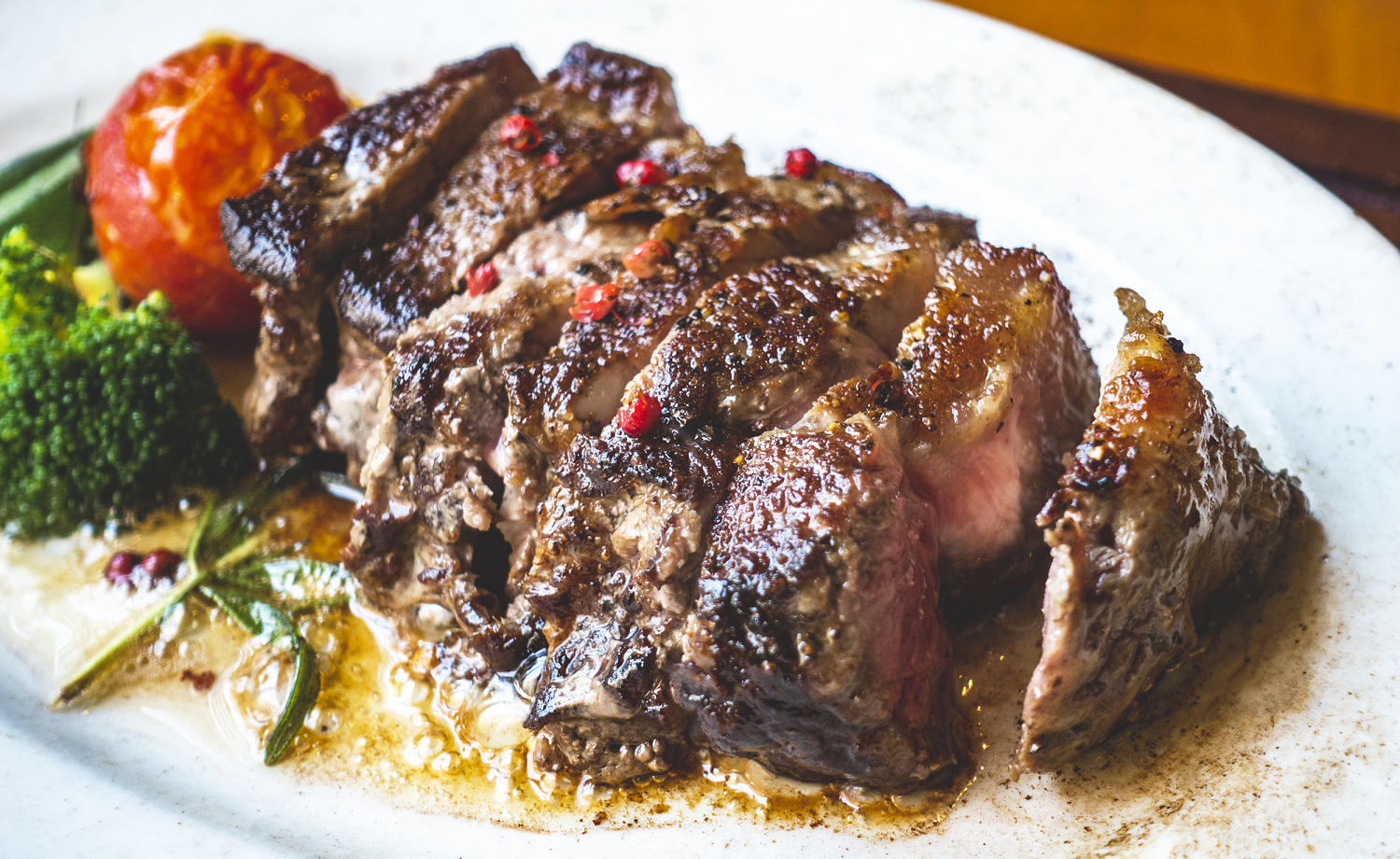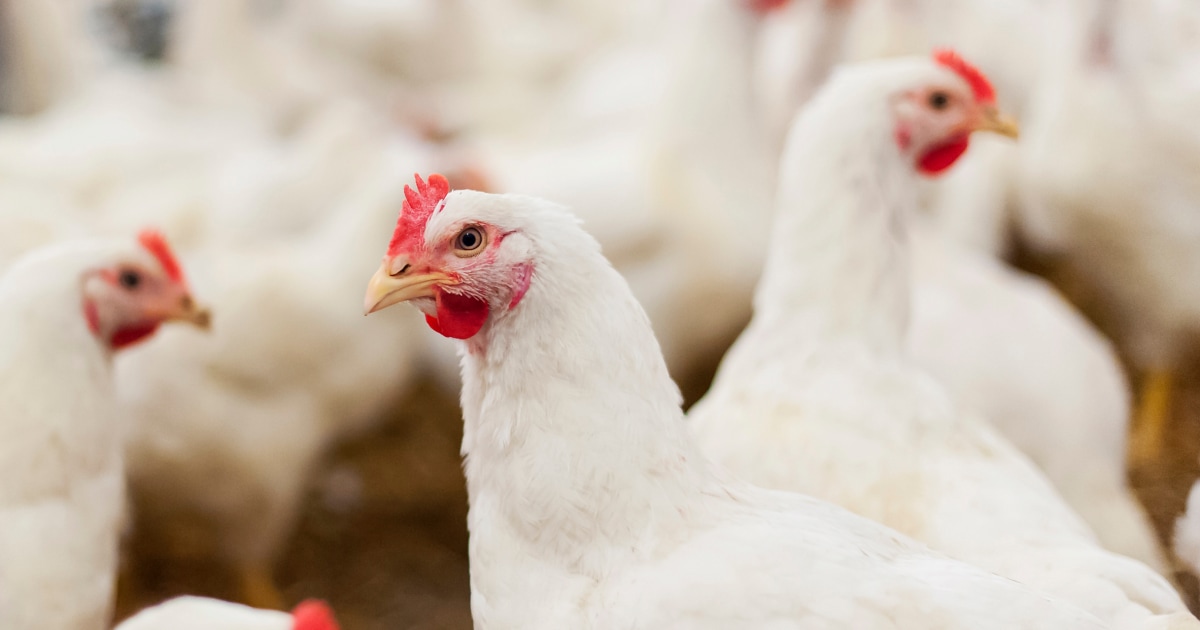The Dukan Diet was created by a French physician, Pierre Dukan. The diet is a , low-carbohydrate weight loss plan that recently re-gained popularity after first becoming famous following that the diet helped Catherine, Princess of Wales, lose weight before her wedding. The Dukan Diet focuses on lean protein (including fat-free dairy foods), non-starchy vegetables and a few other foods including olive oil and oat bran; it restricts carbohydrates and fats.
Dukan developed this diet based on the belief that a high-protein, low-carb, low-fat diet could help curb appetite and accelerate fat loss. It should be noted that Dukan’s was revoked in France in 2013, a disciplinary action for breaching medical ethics. The Dukan Diet emphasizes lean protein, which is the cornerstone of this eating plan.

Foods allowed on the weight loss phases of the diet include: The Dukan Diet has four phases, with the initial phase being the most restrictive. In this phase you’ll avoid the following foods. Once you begin to lose weight, some of these foods are reintroduced in small amounts.
The Dukan Diet is structured into four distinct phases, each with its own set of guidelines and goals. The Attack phase is the first and most restrictive phase of the Dukan Diet. It typically lasts two to five days, but it can last up to seven days (after the okay from your physician) for those with more than 40 pounds to lose.
During this phase, dieters are encouraged to consume only lean protein, a small amount of oat bran for fiber, and plenty of water. The purpose of this phase is to kickstart weight loss and water loss, motivating you to continue on to the next phase. The Cruise phase introduces non-starchy vegetables into the diet, alternating between pure protein days and protein-vegetable days.
This phase is designed to produce weight loss at a steady pace of about two pounds per week until you reach your desired weight. The Cruise phase can last several weeks or even months, depending on your weight loss goals. The Consolidation phase is crucial for preventing rebound weight gain.
In this phase, you’ll gradually reintroduce foods that were previously restricted, such as fruits, whole grains, and cheese. The length of the Consolidation phase depends on how much weight was lost. You’ll typically stay in this phase for five days per pound lost.
So, if you lost 20 pounds, this phase will last 100 days. One to two “celebration meals” are allowed per week (depending on where you are in this phase). Celebration meals consist of an appetizer, entree, dessert and glass of wine.
“Celebration meals” are followed by a return to stricter eating. The Stabilization phase is the final, lifelong phase of the Dukan Diet. The primary goal here is to maintain the weight loss you achieved.
In this phase, you’re encouraged to follow three simple rules: consume three tablespoons of oat bran daily, have one pure protein day per week and avoid taking the elevator or escalator (opt for stairs). This phase offers more flexibility but requires an ongoing commitment to the principles learned during the other phases. As a registered dietitian, I think there’s more to dislike about this diet than to like about it.
That said, the restrictive nature of the Dukan Diet will often result in weight loss, which can be highly motivating. Another possible pro is the diet’s simple rules. Each phase has straightforward guidelines, so you know the path forward.
Other more nutritious and sustainable weight loss methods may be less clear-cut, so many people find a set of rules reduces the overwhelm of overhauling their diet. The Dukan Diet’s focus on protein, known for its satiating effects, can help reduce hunger and cravings, making it easier to stick with the calorie limits. A also enables you to maintain your muscle mass, which keeps your metabolism humming while you lose weight.
Some people will appreciate that the Dukan Diet eliminates the need to track calories, focusing instead on food choices. However, in later phases, you’ll need to pay close attention to portion sizes of the foods being reintroduced. The Dukan Diet has a lot of drawbacks to consider.
For starters, the diet’s restrictive nature can lead to a lack of essential nutrients, especially in the early phases. For instance, in the initial Attack phase, the recommended 1 1⁄2 tablespoons of provides less than 2 grams of per day of the 21 to 38 grams needed daily for optimal health. Because the diet restricts so many healthy foods, it’ll be nearly impossible to meet your nutrient needs to maintain health, let alone thrive.
The limited food choices, particularly in the early phases, can make the diet repetitive and difficult to stick to long-term. Granted, this is also part of what may make the diet appealing. Too many choices can feel overwhelming.
But, over time, it can become more challenging to follow the rules, so you may be inclined to give up, which leads to feelings of shame and guilt. It’s not you! It’s the diet! I also have an issue with celebration meals because this concept promotes the idea of all-or-nothing thinking — that you’re either eating healthfully or not — which can negatively impact your mental health and prevent you from learning how to regularly allow these foods in a healthy and balanced way. Case in point: published in 2022 found that so-called cheat meals, technically defined as brief episodes of eating prohibited foods, are associated with disordered eating behaviors.
Allowing yourself to indulge in less healthy foods is part of a healthy lifestyle. It’s much healthier, both physically and mentally, to learn how to incorporate less healthy foods into your life, such as sharing a dessert when out with friends or having a piece of pizza at an office party. Exercise is encouraged on the Dukan Diet, though the intensity and type may vary depending on the phase.
During the initial Attack phase, light walking is encouraged. As the diet progresses, you’ll up the intensity with brisk walking. The Dukan Diet suggests a minimum of 20 minutes of exercise in the Attack phase and 30 minutes in later phases.
However, the U.S. recommends a minimum of 150 minutes of moderate-intensity activity per week, which equates to 30 minutes of cardio exercise five times a week.
It also advises everyone do two days of muscle-strengthening activities (such as lifting weights or doing push-ups, squats, and other muscle-toning exercises) each week. This is a hard no for me. While the Dukan Diet can be effective for rapid weight loss, it unnecessarily restricts many healthy foods, like beans, fruits, nuts and whole grains.
This means you won’t get the nutrients you need to keep your body functioning at its best and to lower the risk of future illnesses. The many food rules can also be stressful or promote obsessive thoughts about food, interfering with your mental well-being. Also, remember that the goal isn’t to squeeze into a specific size or look a certain way; healthy bodies come in all shapes and sizes, and all bodies deserve to be loved and appreciated for what they do for us each day.
Instead of following a monotonous diet plan with hard-to-follow (and unproven) rules, work with a registered dietitian to develop eating habits that align with your needs and goals. This will help you to reach and maintain your healthiest weight while also learning how to balance nutritious eating with the enjoyment of food. , MS, RD, is a nutrition and wellness expert, author and columnist.
Her latest book is " ." You can follow Samantha's practical balanced eating advice on Instagram at ..



















